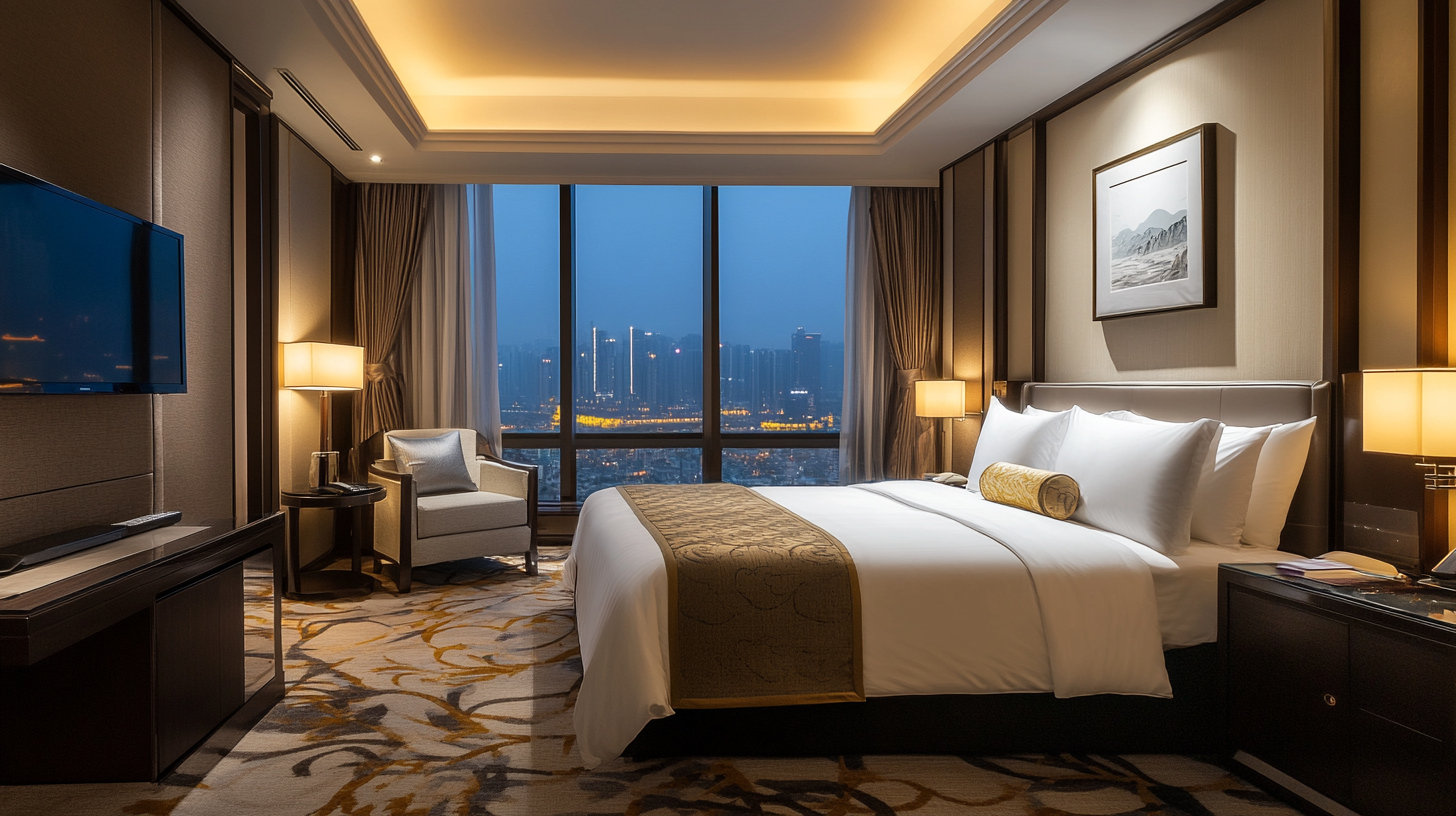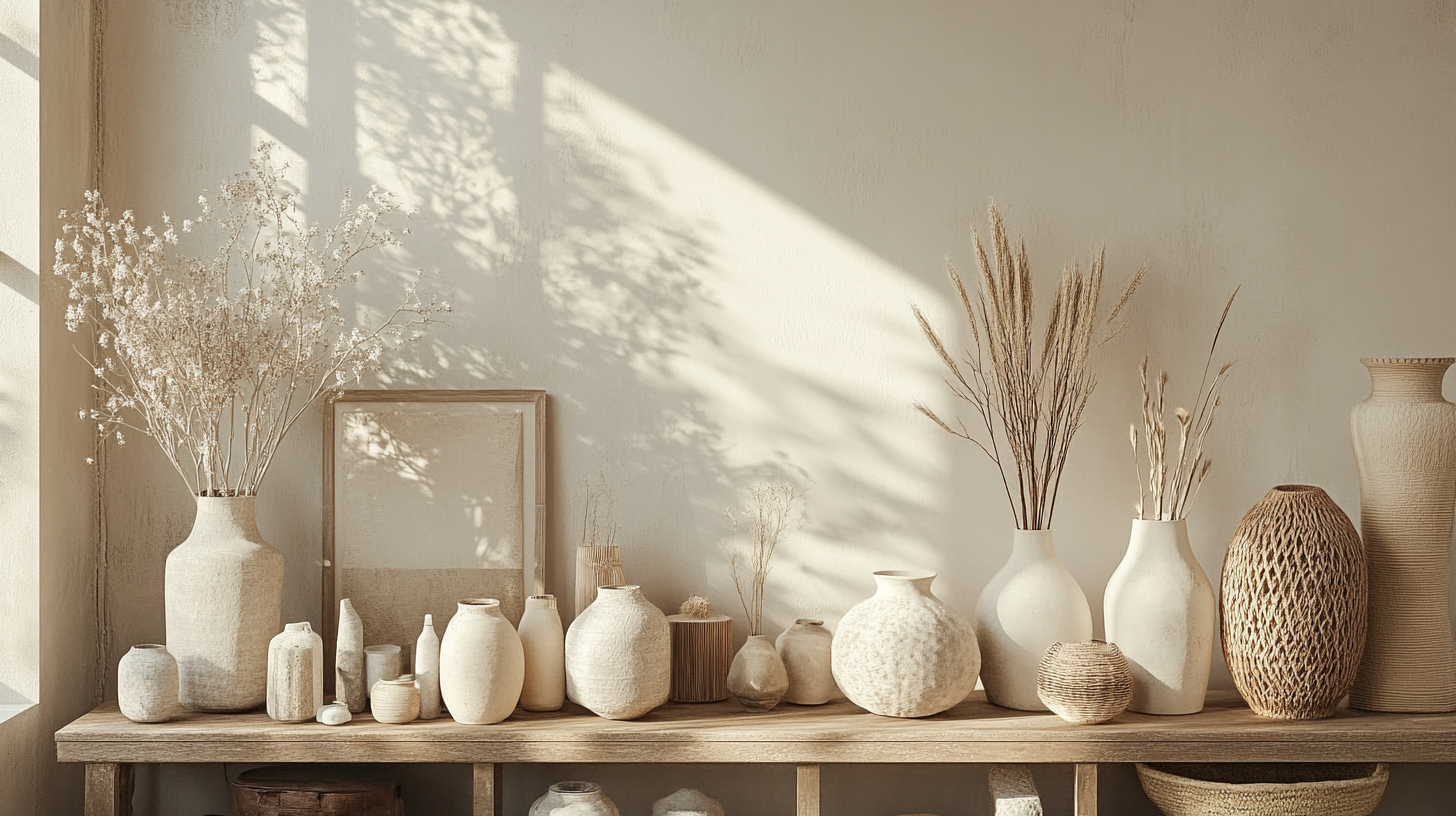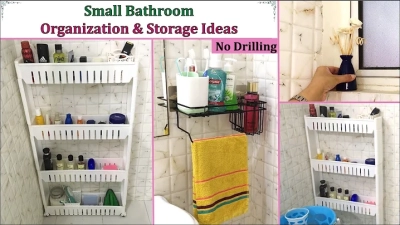- Home Page
- Company Profile
-
Our Products
- Coral Collection Volga
- Continental Collection Riva
- Pearl Collection Volga
- Moon Collection Volga
- Allied Collection Volga
- Onyx Collection Riva
- Lotus Collection Riva
- Rose Collection Riva
- Prince Collection Volga
- Fusion Collection Volga
- Desire Collection Riva
- Opal Collection Volga
- Sapphire Collection Volga
- Flora Collection Riva
- Sensors Collection Volga
- Royal Collection Volga
- Sumo Collection Volga
- Flora Collection Bathroom Accessories
- Versa Collection Volga
- Bathroom Fittings & Accessories
- Cubix Collection Riva
- Squaro Collection Volga
- Choras Collection Volga
- Taj Collection Volga
- Arya Collection Volga
- Blog

How to Select Superior Bathroom Accessories for a Global Market
In today's increasingly interconnected world, the demand for high-quality bathroom accessories has surpassed geographical boundaries, creating opportunities for both manufacturers and consumers alike. Selecting superior bathroom accessories for a global market means navigating diverse preferences, cultural sensibilities, and evolving trends. As homeowners strive to transform their bathrooms into personal sanctuaries, the need for accessories that blend functionality with aesthetic appeal has become paramount. This blog will guide readers through the essential aspects of sourcing and selecting bathroom accessories that not only meet high standards of quality but also resonate with a global audience.
Understanding the intricacies of what defines high-quality bathroom accessories is crucial for making informed purchasing decisions. From materials and durability to design and sustainability, each element plays a vital role in appealing to a global market. As we explore the key features that characterize superior bathroom accessories, readers will gain valuable insights into how to elevate their offerings, ensuring they cater to the diverse needs and tastes of consumers around the world. In a space where personal touch meets universal appeal, it is essential to focus on quality and design that stand the test of time.

Essential Elements to Consider When Choosing Bathroom Accessories for a Global Audience
When selecting bathroom accessories for a global audience, it is crucial to consider cultural preferences and regional styles. Different countries have distinct aesthetic sensibilities and practical needs shaped by their environments and lifestyles. For instance, minimalistic designs may appeal to consumers in Scandinavian countries, while vibrant colors and intricate patterns might resonate more with audiences in Southeast Asia. Understanding these cultural nuances ensures that your products are not only appealing but also relevant to diverse markets.
Another essential element is the adaptability of materials and functionality. Global consumers often seek products that are durable and easy to maintain, given varying climate conditions and water qualities. Utilizing materials that are resistant to humidity and easy to clean can greatly enhance the desirability of your bathroom accessories. Furthermore, incorporating multifunctional designs—such as space-saving options for smaller living spaces—can cater to urban customers worldwide.
Finally, it's vital to keep sustainability in mind. A growing number of consumers globally are prioritizing eco-friendly products. Offering bathroom accessories made from recycled or sustainable materials can set your brand apart in a crowded market. By emphasizing green practices in your product development and marketing strategies, you can appeal to environmentally conscious buyers while also meeting international regulatory standards.

Understanding Cultural Preferences in Bathroom Design Across Different Regions
When selecting bathroom accessories for a global market, it is crucial to understand the cultural preferences that dictate bathroom design across different regions. As the global toiletries market is anticipated to expand from $181.77 billion in 2025 to $263.31 billion by 2032, this growth presents a unique opportunity for brands to tailor their offerings to diverse consumer needs.
In varying cultures, bathroom aesthetics and functionality reflect not just personal preferences but also social norms and environmental factors. For instance, while Western markets may prioritize minimalistic designs with a focus on sustainability, Asian cultures often integrate intricate decorative elements and innovative technologies like bidets and smart toilets that cater to communal bathing traditions. Recognizing these intricacies allows brands to create products that resonate with local consumers, enhancing market penetration.
Furthermore, the popularity of specific products can vary significantly around the globe. The bath bomb market alone was valued at approximately $1.86 billion in 2023 and is expected to grow at a CAGR of 6.5% until 2030, indicating a rising trend in the wellness and self-care sector. This trend is particularly strong in regions where personal care rituals are deeply embedded in the culture. Consequently, understanding these regional preferences is essential for businesses aiming for success in a competitive global landscape.
How to Select Superior Bathroom Accessories for a Global Market
| Region | Cultural Preference | Color Scheme | Popular Materials | Accessories |
|---|---|---|---|---|
| North America | Minimalistic and Functional | Cool and Neutral Tones | Ceramic, Stainless Steel | Wall Mounted Shelves, Modern Faucets |
| Europe | Classic Elegance and Vintage Touch | Earthy Colors, Pastels | Wood, Porcelain | Antique Mirrors, Decorative Towel Holders |
| Asia | Zen and Natural Balance | Natural Earth Tones | Stone, Bamboo | Bamboo Mats, Stone Basins |
| Middle East | Luxurious and Opulent Designs | Rich Colors, Gold Accents | Marble, Glass | Ornate Mirrors, Elegant Cabinetry |
Key Materials and Finishes for Durable and Attractive Bathroom Accessories
When selecting bathroom accessories for a global market, understanding key materials and finishes is crucial to striking a balance between durability and aesthetics. The global bathroom accessories market, which is projected to reach USD 31.17 billion by 2026 as per a report by Mordor Intelligence, highlights the rising demand for both functional and stylish products. High-quality materials such as stainless steel and brass are preferred not only for their resistance to corrosion and stains but also for their sleek and modern look.
The finish of these materials plays a pivotal role in their market appeal. The same report indicates that matte and brushed finishes are becoming increasingly popular among consumers seeking a contemporary feel. Matte finishes, in particular, have seen a surge in demand, with a 25% increase noted in consumer preferences over the last two years. This trend demonstrates a shift towards minimalist designs that offer an inviting yet elegant bathroom environment. Additionally, eco-friendly materials, including recycled plastics and bamboo, are gaining traction due to growing consumer awareness regarding sustainability.
In light of these insights, manufacturers aiming for the global market should prioritize the selection of materials that combine strength and style. Implementing advanced surface treatments can enhance durability and offer various aesthetic options, ensuring that consumers are drawn to both the functionality and the visual appeal of bathroom accessories. By focusing on high-quality materials and finishes, businesses can cater to a discerning customer base that values both longevity and design in their bathroom spaces.
Material Distribution for Superior Bathroom Accessories
Trends in Bathroom Accessories: Balancing Functionality and Aesthetics Globally
When it comes to bathroom accessories, the challenge is finding the delicate balance between functionality and aesthetics, particularly in a global market. According to a report by Allied Market Research, the global bathroom accessories market is projected to reach USD 42.6 billion by 2027, growing at a CAGR of 7.8% from 2020. This growth reflects not just the rising demand for practical bathroom solutions but also a shift in consumer preferences towards aesthetically pleasing designs that enhance the overall ambiance of the space.
Current trends indicate that consumers are looking for accessories that reflect their personal style while also serving a utilitarian purpose. For instance, space-saving solutions are in high demand, particularly in urban areas where bathroom sizes may be limited. A study published in the Journal of Interior Design highlights that multifunctional products, such as towel bars that double as shelves or vanity units with built-in storage, are particularly appealing to consumers seeking efficiency without sacrificing style.
Moreover, sustainability is becoming a prominent factor influencing consumer choices. The 2022 Global Consumer Sustainability Report revealed that over 70% of respondents prefer brands that use sustainable materials and practices in their products. As a result, manufacturers are increasingly focusing on eco-friendly materials like bamboo or recycled plastics, which not only meet the functional requirements of bathroom accessories but also cater to the growing market of environmentally conscious consumers. With a combination of innovative designs, multifunctionality, and sustainable materials, the bathroom accessories market continues to evolve, creating opportunities for brands to capture a diverse global audience.

Effective Marketing Strategies for Reaching International Consumers in the Bathroom Sector
When it comes to targeting international consumers in the bathroom accessories market, understanding cultural differences and customer preferences is paramount. Each region has distinct design aesthetics, materials, and functionalities that appeal to its consumers. Therefore, conducting thorough market research allows brands to tailor their offerings to regional tastes, ensuring that products resonate well with local expectations. For instance, while minimalist designs may be favored in Scandinavian countries, consumers in Asia might prefer vibrant colors and intricate patterns.
Effective marketing strategies should leverage digital platforms to reach a global audience. Social media campaigns can be highly effective in showcasing new bathroom accessory collections, using visually appealing content to engage followers. Collaborating with influencers who have a strong presence in specific regions can expand brand visibility and build credibility. Additionally, optimizing e-commerce websites for different languages and currencies can significantly enhance the shopping experience for international customers, making it easier for them to make purchases.
Furthermore, offering localized customer service can enhance consumer trust and satisfaction. Providing support in various languages and localizing product descriptions helps consumers feel more connected to the brand. It’s also beneficial to highlight sustainability practices and eco-friendly materials, as these factors increasingly influence consumer decisions worldwide. By implementing these effective marketing strategies, brands can successfully navigate the complexities of the global bathroom accessories market, ultimately driving sales and fostering brand loyalty across diverse consumer bases.
Sales Performance of Bathroom Accessories in Global Markets
Related Video
-

Unboxing bathroom accessories
View: 3985Channel: SUNDUL TECH... -

Bathroom Accessories #bathroomdecor #interiordesign #aliglaziersltd
View: 1947Channel: ALI GLAZIERS LTD -

Bathroom Organization And Storage Ideas | Small Unfurnished Bathroom Organization | Her Fab Way
View: 1057773Channel: Her Fab Way
Developed and Managed by Infocom Network Private Limited.


